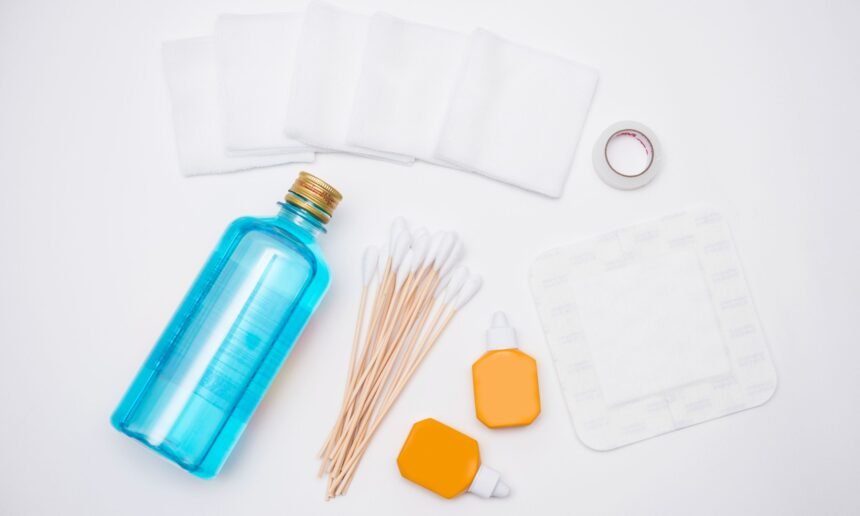An infected wound requires prompt and proper care to prevent complications and promote healing. Whether it’s a minor cut, scrape, or surgical wound, knowing how to clean and care for an infected wound at home can help reduce the risk of further infection. This guide will walk you through essential wound care steps, signs of infection, and when to seek medical help.
Signs That a Wound is Infected
Before treating a wound, it’s important to recognize infection symptoms. Common signs of wound infection include:
- Increased redness, swelling, or warmth around the wound
- Pus or yellow/green discharge
- Persistent pain or tenderness
- Fever or chills (in severe cases)
- Foul odor from the wound
- Delayed healing
If you notice any of these symptoms, follow these steps for home wound care while monitoring for worsening signs. Want to understand what causes wound infections and how they’re classified? Explore our full breakdown in What Are Infectious Wounds?.
Step-by-Step Guide to Cleaning an Infected Wound at Home
1. Wash Your Hands Thoroughly
Always wash your hands with soap and warm water before touching the wound to prevent further contamination.
2. Rinse the Wound with Saline Solution
Use a sterile saline solution or clean, lukewarm water to gently rinse away dirt and debris. Avoid using harsh antiseptics like hydrogen peroxide or alcohol, as they can damage healthy tissue.
3. Gently Remove Debris
If there is visible dirt or dead tissue, use sterilized tweezers or a clean, damp cloth to carefully remove it.
4. Apply an Antibacterial Ointment
Over-the-counter antibiotic ointments for wounds (such as Neosporin) can help fight bacteria and reduce infection risk.
5. Use a Clean Dressing
Cover the wound with a sterile, antimicrobial dressing to protect it from bacteria and promote healing. Choose appropriate dressings such as:
- Hydrocolloid dressings for minor infections
- Foam or alginate dressings for wounds with excess drainage
- Silver or iodine-based antimicrobial dressings to combat bacterial growth
6. Change the Dressing Regularly
- Replace the dressing at least once a day or whenever it becomes wet or dirty.
- Always clean the wound again before applying a new dressing.
7. Keep the Wound Elevated and Avoid Pressure
If the wound is on a limb, elevate it to reduce swelling and avoid putting pressure on the affected area.
8. Monitor for Signs of Worsening Infection
If the infection spreads or the wound doesn’t improve within a few days, seek medical attention immediately.
When to See a Doctor
Seek professional medical help if you experience:
- Spreading redness or streaks leading away from the wound
- Increasing pain or swelling
- High fever or chills
- Pus with a foul odor
- No improvement after several days of at-home treatment
Preventing Future Infections
- Keep wounds clean and covered
- Avoid touching the wound unnecessarily
- Change dressings as needed
- Maintain a healthy immune system by eating well and staying hydrated
- For diabetics, practice proper diabetic wound care to prevent complications
If you or a loved one is dealing with a chronic wound, it’s important to understand how it increases infection risk. Learn more in our article on Chronic Wounds and Infection Risk.
Conclusion
Proper home wound care is essential for treating an infected wound and preventing complications. By following these cleaning and dressing techniques, you can support faster wound healing and minimize the risk of severe infection. If symptoms worsen, don’t hesitate to seek medical attention for professional treatment.


Leave a Reply